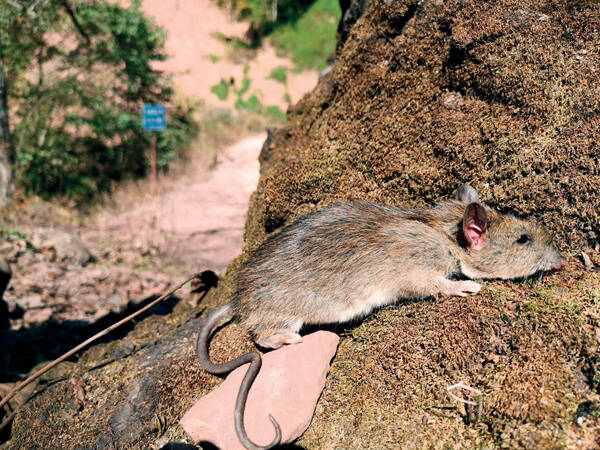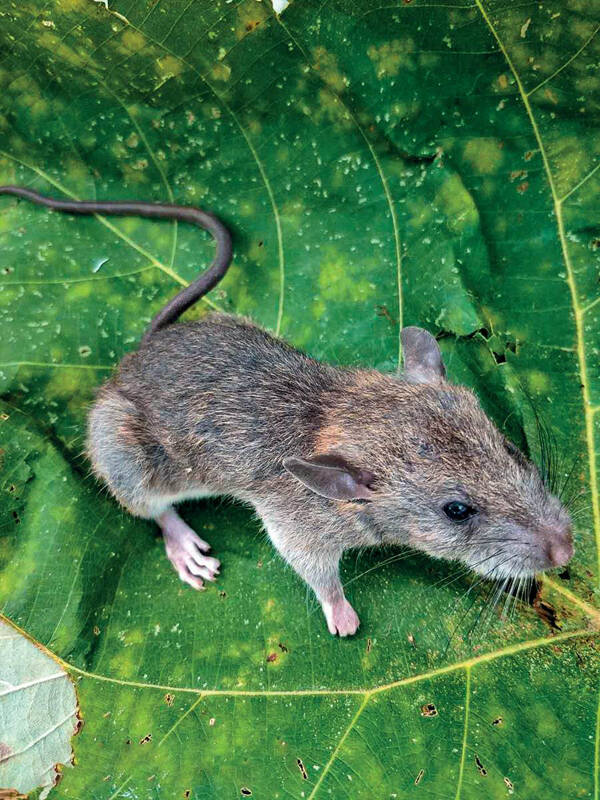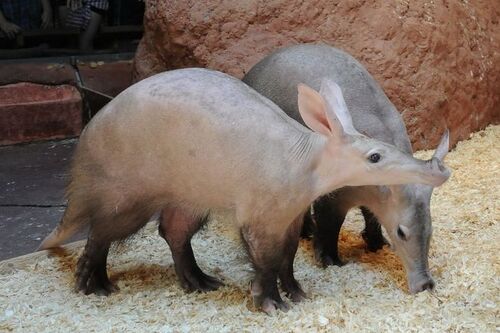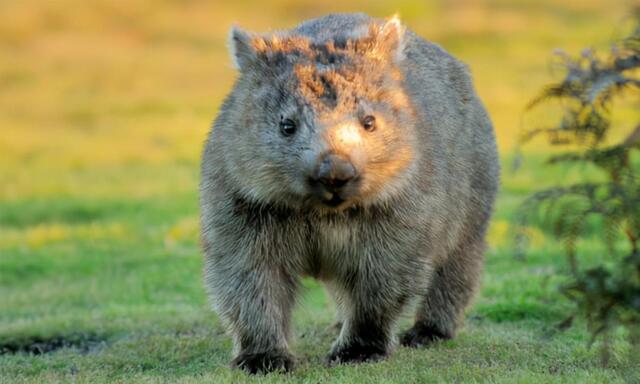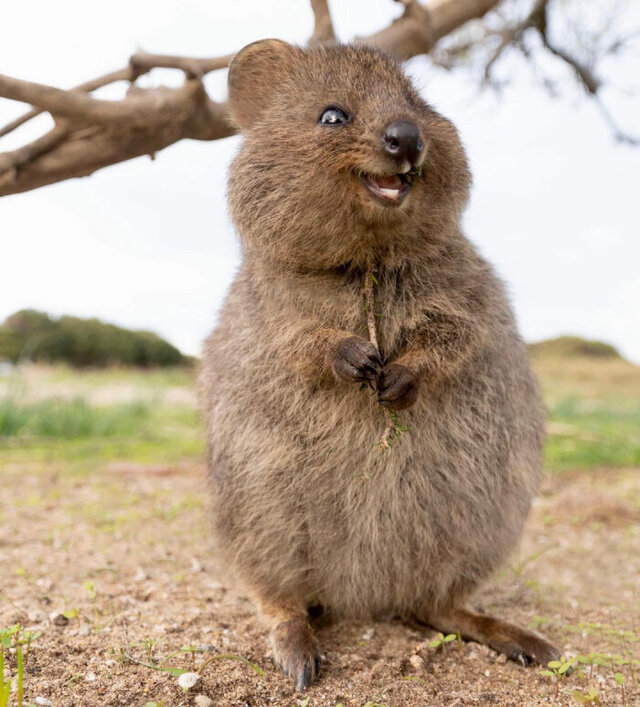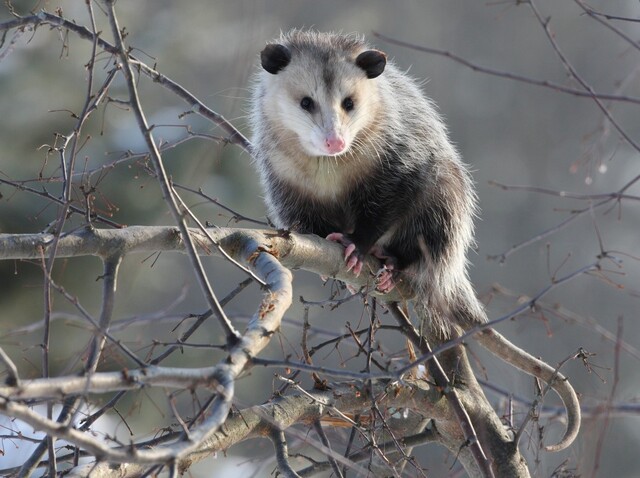Rattus andamanensis
IUCN
LCBasic Information
Scientific classification
- name:Rattus andamanensis
- Scientific Name:Rattus andamanensis
- Outline:Rodents
- Family:Rodentia Muridae Rattus
Vital signs
- length:130-200mm
- Weight:
- lifetime:
Feature
The tail is longer than the body, and there is no hair tuft at the tip of the tail.
Distribution and Habitat
In China, it is distributed in Yunnan, Guangxi, Guangdong, Fujian, Hong Kong, Hainan, Tibet, and Sichuan. Abroad, it is distributed in Vietnam, Laos, Cambodia, Thailand, northeastern India, Myanmar, Bhutan, and Nepal.
Appearance
Individuals are relatively large, ranging from 130-200mm, with an average of 170mm. The tail is longer than the body, with an average of 185mm. In appearance, it is very similar to the rat. The fur on the back is yellow-brown; the fur on the back and abdomen has a clear boundary, and the ventral surface is pure white or at least a large area is pure white. The difference from the rat is that the tail is the tail of the genus Mus, with the same color on the top and bottom, obvious ring patterns, and no hair bundle at the tip of the tail. There is usually a black area on the back of the forefoot or hind foot. The teeth are basically the same as those of other members of the genus Mus, but larger.
Details
The black-margined rat belongs to the Murinae subfamily. This species was previously considered a synonym of the black house rat (<Rattus rattus>). It was not until Musser & Caeleton (2005) that it was made an independent species. It is a relatively special species in the genus Rattus, with a pure white abdomen, or at least a large area of pure white patches, and a clear boundary between the dorsal and ventral fur colors. These characteristics are different from other species in the genus Rattus. It is mainly distributed in the interlaced zone between farmland and forest, and also around cultivated land and human settlements, but rarely in houses.
